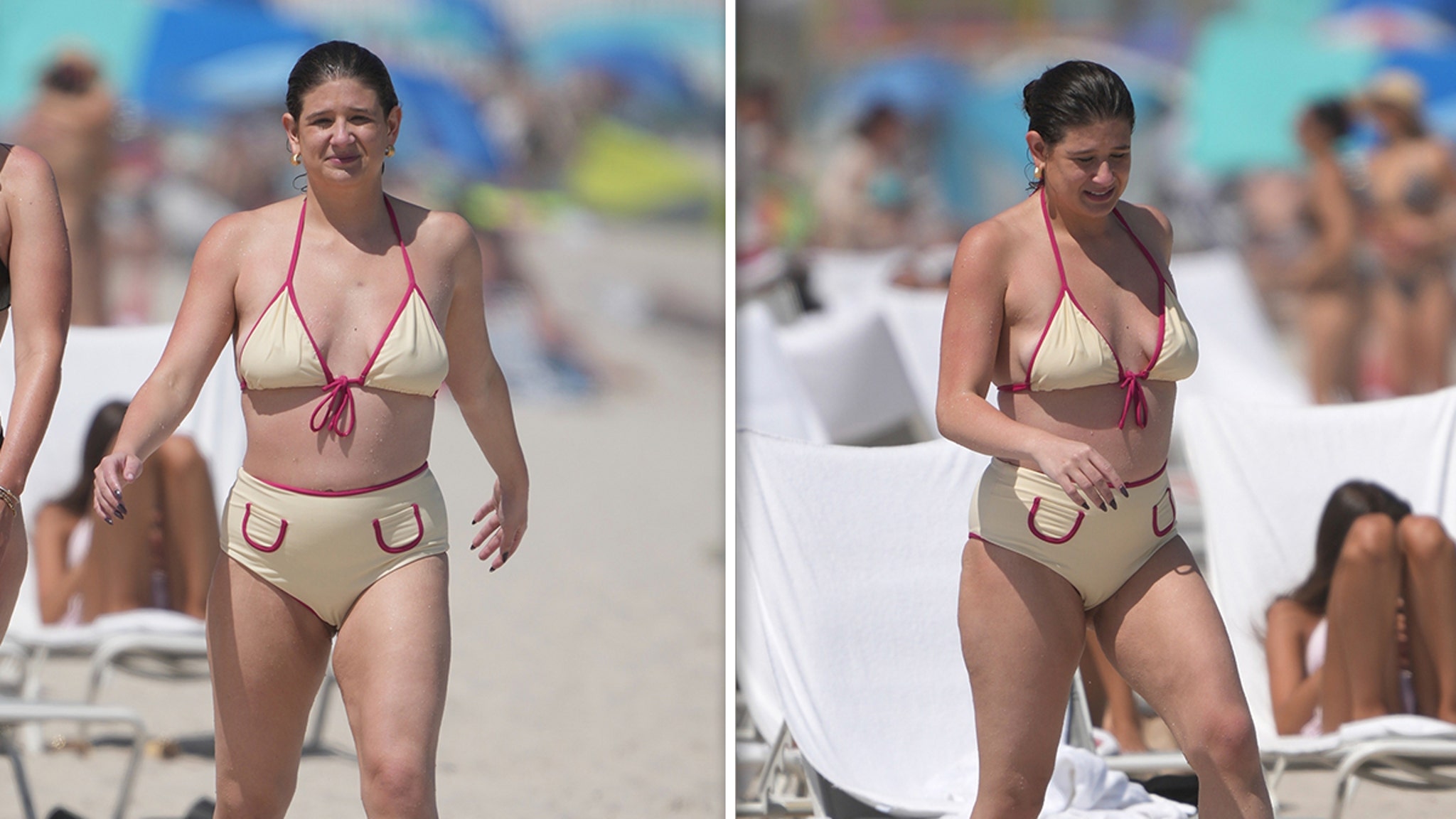Culture
I Swear This Poem Didn’t Make Me Cry

Poems aren’t pictures, but sometimes they try to make us see, and to make us feel in ways we might associate with acts of seeing. Some poems evoke the drama of famous paintings or the frozen beauty of Grecian urns. This one dwells on a more private image, a family snapshot, and on the elusive emotions and memories that live inside it.
And there is a real picture.
George Oppen and his daughter, Linda.
Mary Oppen, via New Directions
Who are we looking at? This candid photo of George Oppen and his daughter, Linda, was taken in the early 1940s, many years before “From a Photograph” was written, at a time when Oppen was a former and future poet. Is that an apple in Linda’s hand? It’s hard to tell. Maybe the fruit was a metaphor all along.
In the early 1930s, as part of a cluster of poets who called themselves Objectivists, Oppen published a formally ambitious book (“Discrete Series”) and tried to run a small publishing house. Then in 1934 he stopped writing altogether, a hiatus that would last a quarter century. In that time, he worked as a tool-and-die maker, a furniture designer and a labor organizer; he fought in World War II; and, with his family, he lived in Mexico as a political exile during the McCarthy era. In 1958, the Oppens returned to the United States and George returned to poetry.
None of that information is, strictly speaking, relevant to this poem. One of the reasons Oppen gave up poetry was to keep politics out of it. His aesthetic allegiances made him wary of personal confession. Objectivism (which had nothing to do with Ayn Rand’s political philosophy) was an aesthetic grounded not in psychology or sentiment but in a cleareyed reckoning with the material facts of the world.
A photograph, though, is a special kind of object. It’s made — the old, predigital kind, anyway — of paper and silver emulsion, and also of less tangible substances: light; time; memory; love.
We’re looking at a family portrait. It isn’t a selfie. Someone is behind the camera, a person whose presence quietly suffuses the poem.
That would be Mary Oppen.
Mary and George Oppen in 1928.
George Oppen Sr., via New Directions
She and George met at Oregon State University in 1926. On their first date, they stayed out all night, which got them both kicked out of school. They would be together for the next 58 years, until George’s death in 1984. Linda was their only surviving child, born in 1940, after the Oppens had endured a series of stillbirths and a crib death.
In 1978, Mary published “Meaning a Life,” a memoir about the collaborative work of their couplehood — as artists, as activists, as parents. “From a Photograph” is an artifact of that collaboration and a tribute to its power.
According to an old friend of theirs, George and Mary once had a pair of binoculars that they cut in half, so that they could look at the same thing at the same time. Of course such perfect symmetry of vision isn’t really possible, but it is present in this poem as an ideal of creativity: The poem, like the child, is something the two of them made together.






























